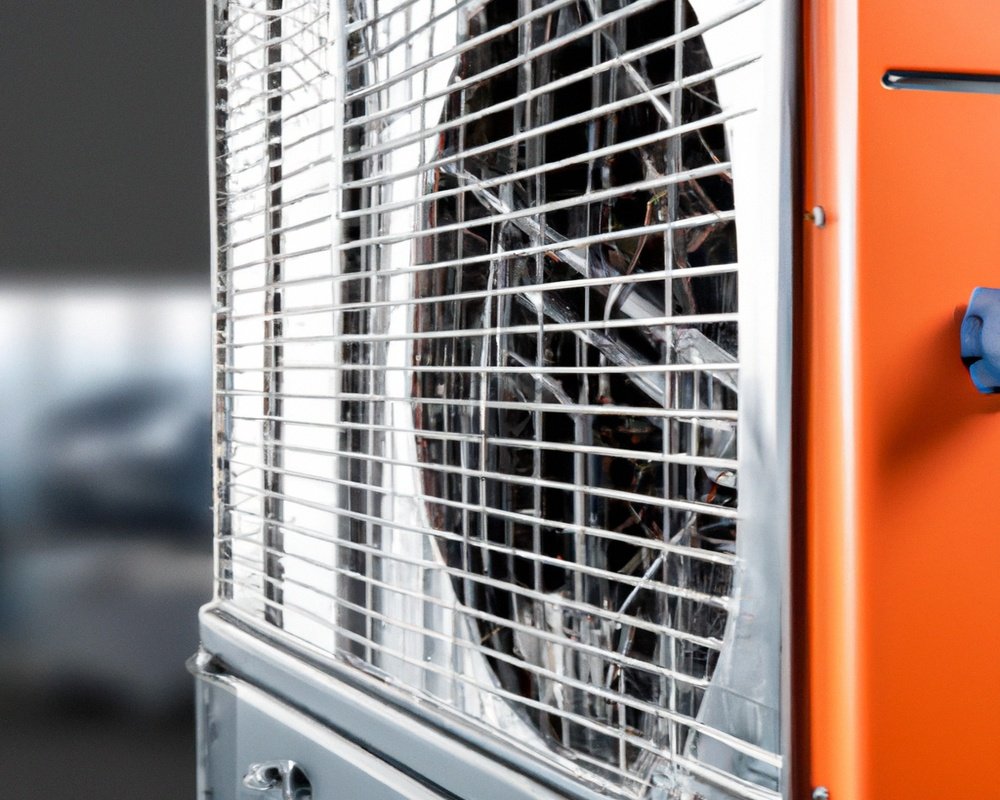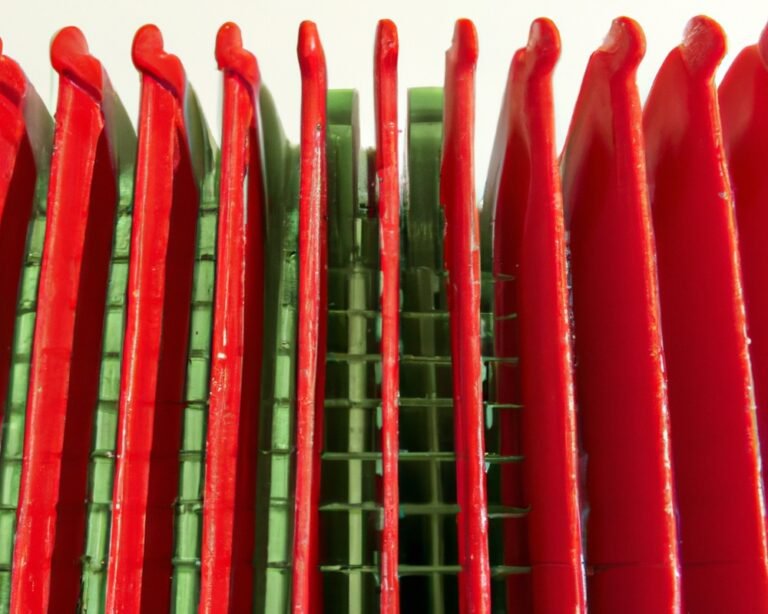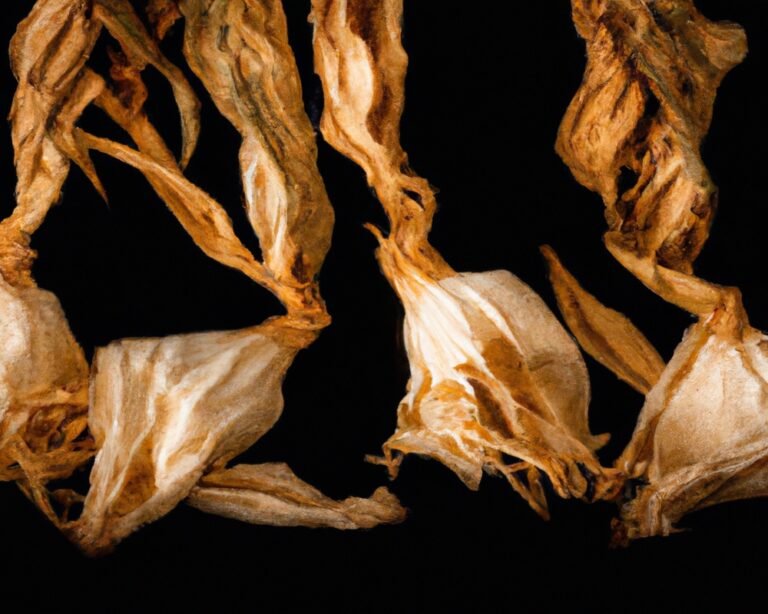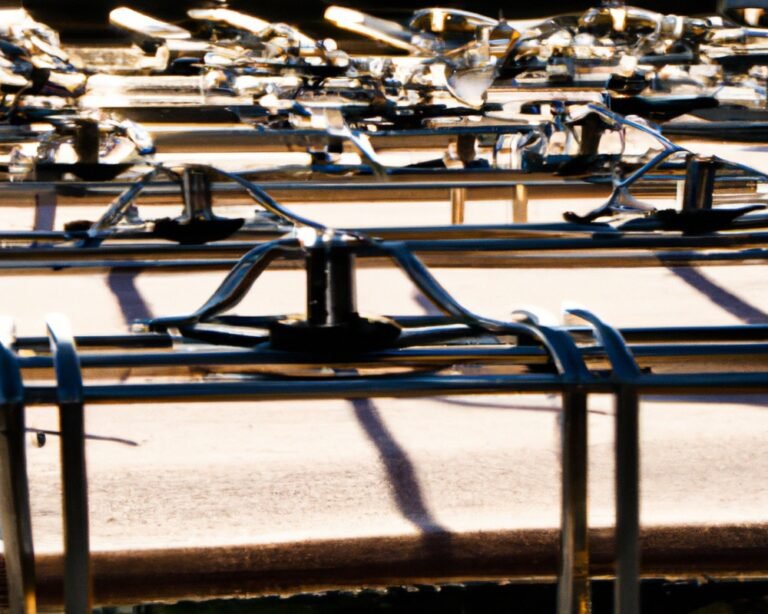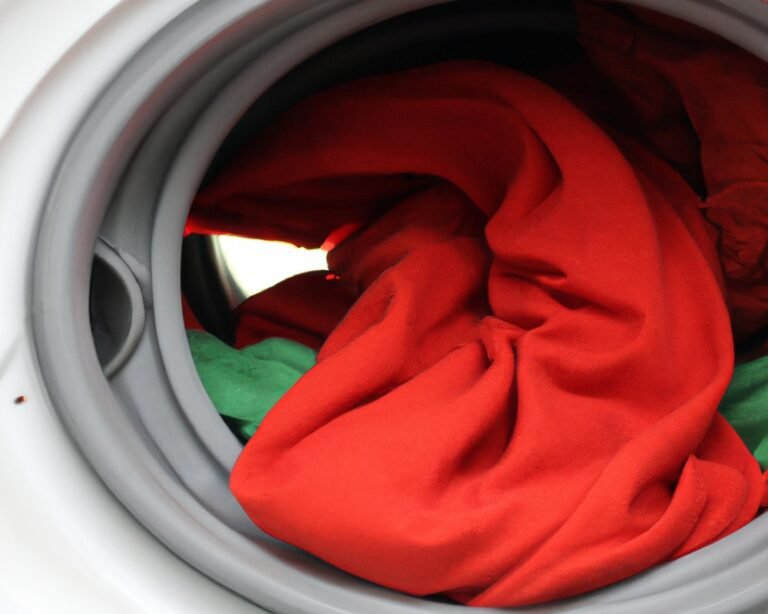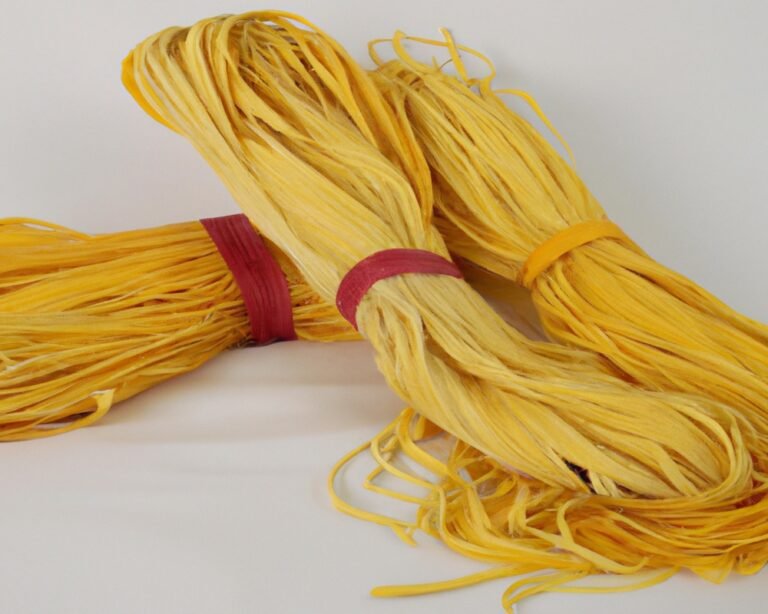Machine Drying – Ensuring Efficiency and Convenience for Your Laundry
Key Takeaways:
- Machine drying helps save time and effort compared to air-drying clothes.
- Utilizing machine drying can result in softer and less wrinkled garments.
- Properly selecting the drying cycle and temperature can prevent damage to delicate fabrics.
- Machine drying may contribute to energy consumption, so consider using eco-friendly drying settings.
Are you tired of waiting for your clothes to air dry?
Well, say goodbye to the endless hours of hanging and waiting, because the solution is here – machine drying! In this article, I will guide you through the wonderful world of machine drying and unravel the secrets of how it works.
We will explore the benefits it brings, the different types of machine dryers available, and even delve into some handy tips for effective and eco-friendly drying.
Get ready to save time, reduce wrinkles, and enjoy the convenience of this incredible invention! So, let’s jump right in and discover the ins and outs of machine drying.
| Machine Drying | Air Drying | |
| Drying Time | Faster | Slower |
| Convenience | Convenient and time-saving | Requires space and time |
| Energy Consumption | High energy consumption | No energy consumption |
| Effect on Clothes | Potential shrinkage or damage | Gentle on clothes |
| Effect on Environment | Emits greenhouse gases | Environmentally friendly |
How Does a Machine Dryer Work?
A machine dryer works by circulating hot air through your wet clothes, evaporating the moisture and leaving them dry and ready to wear.
Understanding the Basics of Machine Drying
Machine drying is a common and convenient way to dry clothes quickly.
The process involves a combination of heat, airflow, and tumbling to remove moisture from the fabric.
Here’s how it works:
- Loading: Start by placing your wet clothes into the machine dryer.
- Settings: Select the desired drying settings, such as temperature and time.
- Heating: The machine dryer heats up, creating warm air.
- Airflow: The heated air is blown into the drum, where the clothes are tumbling. This airflow helps speed up the drying process.
- Moisture removal: As the warm air circulates, it absorbs the moisture from the clothes, turning it into steam.
- Venting: The steam is expelled from the machine through a vent or condenser, allowing the clothes to dry further.
- Cycle completion: Once the clothes reach the desired dryness, the machine will stop.
It’s important to remember a few things when using a machine dryer.
Always check the care labels on your clothes for recommended drying instructions.
Overloading the dryer can affect its performance, so avoid stuffing it too full.
And finally, clean the lint filter regularly to maintain efficient drying.
Understanding the basics of machine drying can help you make the most of this convenient appliance in your laundry routine.
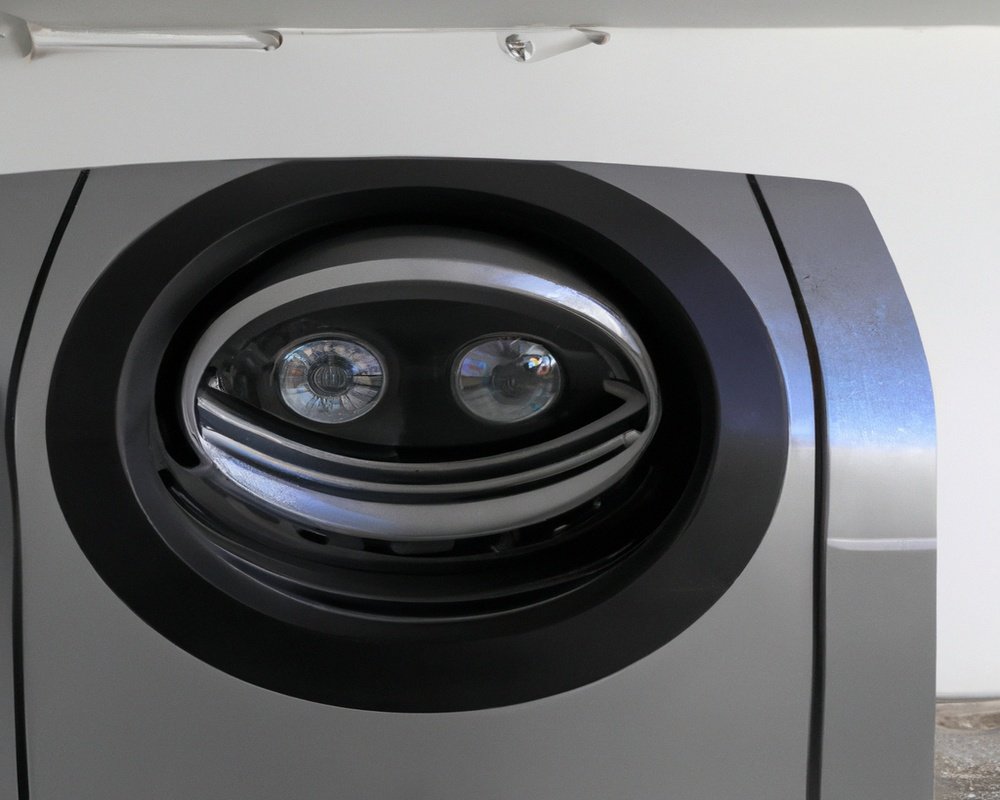
Key Components of a Machine Dryer
The key components of a machine dryer are the heating element, drum, motor, and thermostat.
The heating element is responsible for generating heat to dry the clothes, while the drum provides a space for the clothes to tumble and dry evenly.
The motor powers the drum’s rotation, ensuring efficient drying, and the thermostat regulates the temperature to prevent overheating.
These components work together to effectively dry your clothes in a machine dryer.
Benefits of Machine Drying
Machine drying offers faster and more efficient drying process with reduced wrinkles and ironing time, making it a convenient and time-saving option for laundry.
Faster and Efficient Drying Process
Faster and Efficient Drying Process: Machine drying offers a faster and more efficient way to dry your clothes.
With advanced technologies and settings, these machines can shorten the drying time significantly.
It saves you time and energy while ensuring your clothes are dried thoroughly.
The process is straightforward: you simply load your wet clothes, set the desired settings, and let the machine do its job.
It’s convenient, reliable, and allows you to move on with your day without waiting for your laundry to air dry.
Plus, you can trust that your clothes will be evenly dried, thanks to the machine’s even distribution of heat and air.
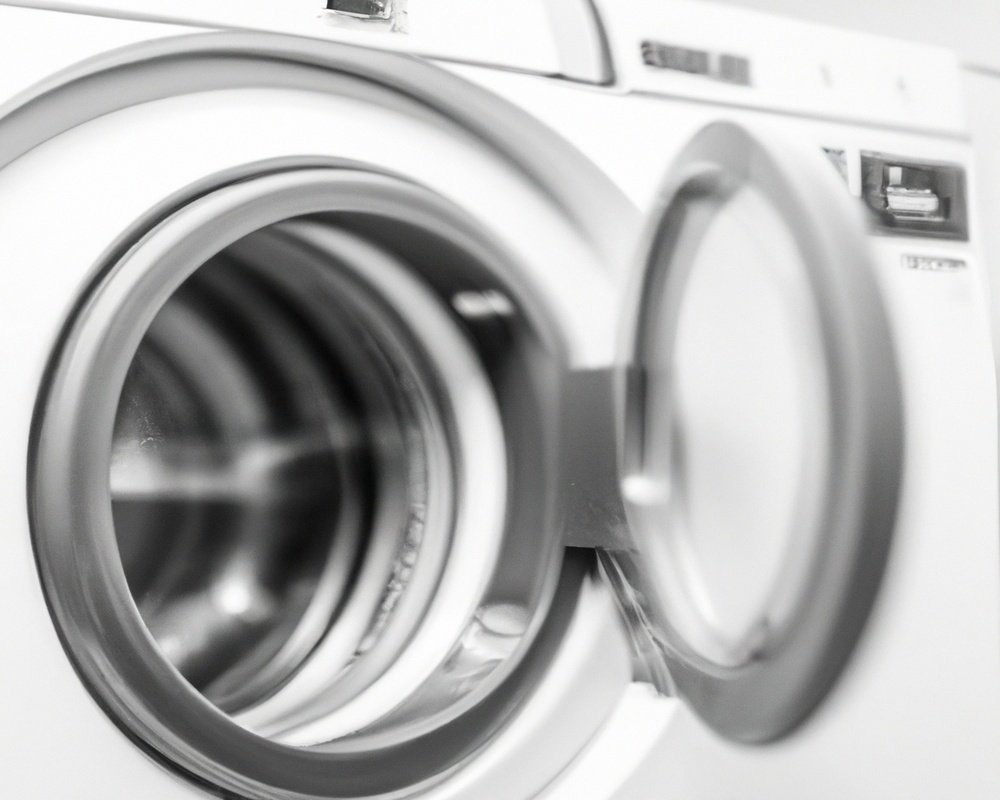
Reduced Wrinkles and Ironing Time
Reduced wrinkles and ironing time are two significant benefits of machine drying. When we hang our clothes to dry, they tend to develop creases and wrinkles, which means more time and effort spent on ironing.
However, machine drying reduces these wrinkles, making it easier and quicker to iron our clothes.
Additionally, the heat from the dryer helps remove moisture from the fabric, which further reduces the drying time. This saves us valuable time and allows us to have freshly pressed clothes without the hassle of extensive ironing.
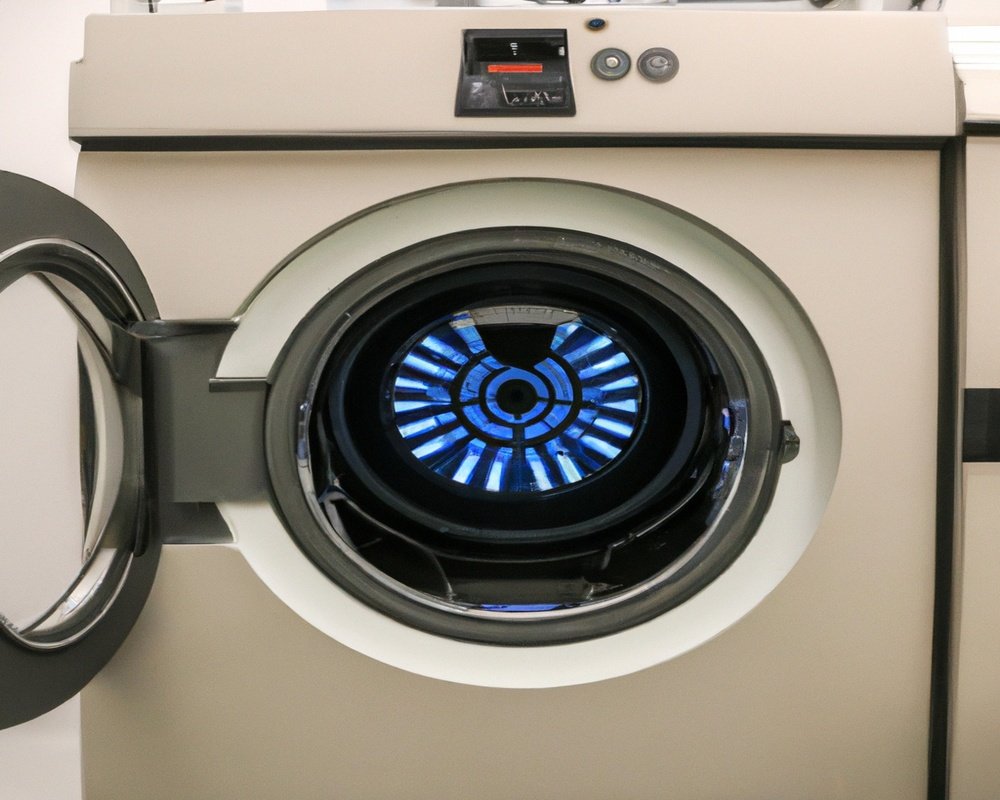
Convenient and Time-saving
Convenient and time-saving: Machine drying offers many advantages, and one of the biggest ones is convenience. Instead of waiting for clothes to air dry, you can simply toss them in the dryer and go about your day.
This saves you time and effort, as you don’t have to constantly monitor and flip the clothes.
Plus, machine drying allows for faster drying times, so you can have your clothes ready to wear in no time. It’s a hassle-free way to get laundry done efficiently.
Different Types of Machine Dryers
There are several different types of machine dryers available in the market. Ventless dryers, vented dryers, and heat-pump dryers are some of the options you can consider.
Ventless Dryers
Ventless dryers, also known as condenser dryers, are an efficient and convenient option for drying clothes. Unlike traditional dryers that require external venting, ventless dryers collect moisture from the clothes and turn it into water.
This water is either stored in a container or drained.
Ventless dryers are ideal for small spaces or apartments where venting is not possible. They also offer flexibility in terms of installation location.
However, they may take longer to dry clothes and are generally more expensive than vented dryers.
Pros and Cons of Ventless Dryers
Ventless dryers have their advantages and disadvantages. On the positive side, they are compact and don’t require an external vent, making installation easier.
They also use less energy and don’t release heat into the room, which can be useful in hot climates.
However, ventless dryers typically take longer to dry clothes and aren’t suitable for larger loads. They may also produce more lint and require more maintenance.
Ultimately, the decision to go with a ventless dryer depends on your specific needs and limitations.
Vented Dryers
Vented dryers are a popular option for machine drying clothes. They work by expelling hot, moist air through a vent that leads outside.
The vented system allows for efficient drying and removes the moisture from your clothes effectively.
Vented dryers tend to be more affordable than other types and are relatively simple to use. However, keep in mind that you’ll need access to a ventilation system or a suitable place to install the vent.
Vented dryers are a practical choice if you’re looking for a cost-effective and reliable drying solution.
Pros and Cons of Vented Dryers
Vented dryers have their pros and cons.
Let’s break it down: Pros:
- Faster drying time: Vented dryers tend to dry clothes more quickly compared to other types.
- Less expensive: Vented dryers are generally more affordable to purchase upfront.
- No water tank to empty: Unlike some other types, vented dryers do not require you to empty a water tank after each use.
Cons:
- Venting requirement: Vented dryers need to be connected to an external vent or exhaust system to release hot air and moisture.
- Energy consumption: These dryers typically use more energy compared to some other types.
- Lint buildup: Vented dryers can accumulate lint in the venting system, which requires regular cleaning.
Heat-Pump Dryers
Heat-Pump Dryers, also known as energy-efficient dryers, use a heat-pump system to remove moisture from clothes.
Here’s how they work:
- Heat extraction: The dryer absorbs warm air from the drum and passes it through a heat exchanger.
- Moisture removal: The heat exchanger cools the air, causing moisture to condense and collect in a container or drain.
- Heat recycling: The cooled air is reheated using the heat exchanger, and then circulated back into the drum to continue drying clothes.
Heat-Pump Dryers save energy by recycling heat, making them gentler on fabrics and more environmentally friendly than conventional dryers.
They are slightly more expensive upfront but offer significant savings in the long run.
Pros and Cons of Heat-Pump Dryers
Heat-pump dryers have their own set of pros and cons.
On the positive side, they are energy-efficient, reducing electricity usage by up to 50%.
They also generate less heat, making them suitable for smaller spaces.
However, they tend to have longer drying times and can be more expensive upfront.
Additionally, they require maintenance to prevent lint buildup in the condenser.
Tips for Effective Machine Drying
Sorting and Preparing Clothes
To effectively prepare and sort your clothes for machine drying, I suggest following these steps:
- Separate your clothes according to fabric type. Divide them into categories such as delicate, lightweight, and heavy-duty materials. This will prevent damage during the drying process.
- Check clothing labels for drying instructions. Some items may need special care, such as air drying or low heat settings. Make sure to identify these garments and treat them accordingly.
- Empty pockets of any items like coins, pens, or tissues. This will prevent any accidents or damage to your clothes or the dryer.
- Shake out any heavy wrinkles or folds from your garments before putting them in the dryer. This will help reduce the need for ironing later.
- Remove excess lint or pet hair from your clothes. Using a lint roller or lint brush can help eliminate these unwanted particles before placing them in the dryer.
By taking these simple steps, you can ensure that your clothes are properly sorted and prepared for machine drying.
Choosing the Right Drying Program and Settings
Choosing the right drying program and settings is essential to get the best results from your machine.
Here are a few tips to help you make the right choices:
- Check the fabric care labels: Different fabrics have different drying requirements. Take a look at the care labels on your clothes to determine the appropriate drying program.
- Consider the level of drying: Most machines offer a range of drying options, such as “Extra Dry,” “Normal Dry,” or “Quick Dry.” Think about how dry you want your clothes to be and select the appropriate setting.
- Take into account the load size: If you have a small load of clothes, using a lower drying program and setting can save energy. For larger loads, you may need to select a longer and more intense drying program.
- Use special programs for delicate items: If you have delicate or sensitive items like wool or silk, choose a gentle drying program that uses lower heat and shorter drying times to avoid damaging the fabric.
- Adjust the temperature and time settings: Some machines allow you to manually adjust the temperature and time settings. If you’re unsure, start with the default settings recommended by the manufacturer and make adjustments based on your preferences.
Proper Loading for Effective Drying
Properly loading your machine for effective drying is crucial. Here are some tips to optimize your drying cycles:
- Don’t overload the machine. Leave enough space for garments to circulate and get even heat distribution.
- Separate heavy and lightweight items. Mixing heavy and lightweight fabrics can result in uneven drying.
- Shake out clothes before loading them. This helps to remove any clumps and improves drying efficiency.
- Arrange clothes loosely, avoiding tightly packed loads. This allows for better airflow and faster drying.
- Consider using dryer balls or clean tennis balls. They help to fluff up clothes and reduce drying time.
Maintenance Tips for Longevity of Your Machine Dryer
To ensure your machine dryer lasts as long as possible, here are some maintenance tips to keep in mind:
- Clean the lint filter after each use: This helps to improve airflow and prevents lint buildup, which can be a fire hazard.
- Check and clean the vent duct regularly: Remove any lint or debris from the vent duct to improve airflow and prevent overheating.
- Inspect the drum and seals: Look for any signs of wear or damage. Replace any worn out or damaged parts to prevent potential issues.
- Clean the exterior: Wipe down the outside of the dryer regularly to prevent dust and grime from building up.
- Avoid overloading the dryer: Overloading can strain the machine and affect its performance. Follow the manufacturer’s guidelines for load capacity.
- Keep the dryer level: Ensure that the dryer is level and properly balanced to prevent excessive vibrations or noise.
- Schedule professional maintenance: Consider getting your machine dryer serviced by a professional technician periodically to identify and address any potential issues before they become major problems.
Safety Measures for Machine Drying
To ensure safety while machine drying, it’s important to follow these measures: fire safety precautions, prevent overheating and power surges, and regularly clean the lint filter.
Fire Safety Precautions
Fire safety is of utmost importance when it comes to machine drying. To ensure the safety of your home and belongings, here are some essential precautions to follow:
- Clean the lint filter regularly to prevent the buildup of flammable lint.
- Avoid overloading the dryer, as this can increase the risk of overheating.
- Keep the area around the dryer clear of any flammable items, such as clothes, cleaning materials, or curtains.
- Never leave the dryer unattended while it is in use.
- Install a smoke detector near the laundry area and regularly test its functionality.
- Have a fire extinguisher readily available and ensure that you know how to operate it correctly.
- In case of a fire, immediately turn off the dryer, unplug it, and call emergency services.
Preventing Overheating and Power Surges
To prevent overheating and power surges while machine drying, there are a few important steps you can take. First, make sure to clean the lint filter regularly to prevent blockage and improve airflow.
Additionally, avoid overloading the machine, as this can strain the motor and increase the risk of overheating.
Finally, consider using a surge protector to safeguard your dryer from sudden power surges. These simple measures can help protect your machine and ensure safe drying.
Cleaning the Lint Filter
Cleaning the lint filter is an important step in machine drying.
It helps to prevent lint buildup, which can be a fire hazard and reduce the efficiency of your dryer.
To clean the lint filter, simply locate it usually on the top of your dryer or inside the door.
Remove any visible lint by hand or with a brush.
For a deeper clean, gently wash the filter with soap and water, then dry it thoroughly before placing it back in the dryer.
Regularly cleaning the lint filter will ensure safe and efficient drying.
Eco-Friendly Machine Drying Tips
To be more eco-friendly when using your machine dryer, try using lower heat settings and drying full loads. Additionally, consider using dryer balls or wool dryer balls for faster drying times and air dry your clothes whenever possible.
Using Lower Heat Settings
Using lower heat settings in machine drying is an eco-friendly option that can save energy and help protect your clothes. When selecting a heat setting, opt for a lower temperature to reduce energy consumption and minimize wear and tear on your garments.
Lower heat settings are especially suitable for delicate fabrics and items that might shrink or become damaged under high heat.
By doing so, you can extend the lifespan of your clothes and contribute to a more sustainable and environmentally friendly laundry routine.
Drying Full Loads
Drying full loads in your machine is a great way to save time, energy, and money. By filling the machine to its maximum capacity, you maximize its efficiency and reduce the number of drying cycles required.
This not only saves energy but also extends the lifespan of your machine.
Additionally, be sure to use the appropriate settings for the load, such as selecting the right temperature and dryness level.
Utilizing Dryer Balls or Wool Dryer Balls
Dryer balls or wool dryer balls are a great eco-friendly alternative to dryer sheets. They help to reduce drying time, decrease static cling, and soften your clothes.
Simply toss a few dryer balls into the dryer with your laundry, and let them work their magic.
They help to separate your clothes, allowing better air circulation and even heat distribution. Plus, they are reusable and can last for years, saving you money in the long run.
So, give dryer balls a try and enjoy the benefits they offer for both your clothes and the environment!
Air Drying Clothes whenever Possible
Air drying clothes whenever possible is a simple yet effective way to reduce energy consumption and preserve the quality of your garments. Hang your clothes on a drying rack or clothesline to let them naturally air dry.
Not only does this save energy and money, but it also helps to extend the lifespan of your clothes by avoiding the wear and tear caused by machine drying.
Plus, the fresh outdoor scent is an added bonus!
FAQs about Machine Drying
Does machine drying damage clothes?
Does machine drying damage clothes?
Machine drying can potentially damage clothes if not done properly.
High heat settings and over-drying can cause shrinkage, fading, and weakening of fabrics.
To minimize damage, use the appropriate heat setting for each garment, and remove clothes promptly when they are dry.
Delicate items may be better suited for air drying to maintain their shape and longevity.
It’s also important to clean the lint filter regularly to prevent airflow issues and potential damage to the machine or clothes.
How can I prevent clothes from shrinking in the dryer?
To prevent clothes from shrinking in the dryer, take these simple steps:
- Read the care labels: Always check the care labels on your clothes for specific drying instructions. Some garments may require air drying or low heat settings.
- Sort by fabric: Separate your laundry based on fabric types. This will ensure that delicate items, like wool or silk, are not exposed to high heat that can cause shrinking.
- Use low heat: Set the dryer to a low or medium heat setting. High heat can be harsh on fabrics and increase the risk of shrinking.
- Remove promptly: Take out your clothes as soon as the drying cycle is complete. Leaving them in the dryer for too long can cause wrinkles and potential shrinkage.
- Air dry: For extra caution, air dry clothes that are more prone to shrinkage, like sweaters or jeans. Lay them flat on a drying rack or hang them to dry naturally.
Can I machine dry delicate fabrics?
Delicate fabrics require extra care, so machine drying may not be the best option. The high heat and agitation can damage these fabrics, causing them to shrink, fade, or lose their shape.
It’s usually recommended to air dry delicate fabrics by laying them flat or hanging them up.
If you must use a dryer, use the lowest heat setting and a gentle cycle. Always check the care label on the clothing for specific instructions.
Is it safe to machine dry shoes?
Machine drying shoes can be convenient, but it is not always safe.
The heat and tumbling action of the machine can damage the materials, cause shrinkage, or alter the shape of the shoes.
It is best to check the care instructions provided by the manufacturer.
If machine drying is not recommended, it’s safer to let your shoes air dry naturally.
This will help preserve their appearance and longevity.
Take care of your shoes and they will take care of you!
Final Verdict
Machine drying offers a fast, efficient, and convenient way to dry your clothes.
Understanding the basics of how a machine dryer works, as well as the key components and benefits of machine drying, can help you make the most of this appliance.
Additionally, knowing the different types of machine dryers and following effective tips for drying can optimize your results and prolong the longevity of your machine dryer.
By following safety measures and incorporating eco-friendly practices, you can ensure a safe and sustainable machine drying experience.

